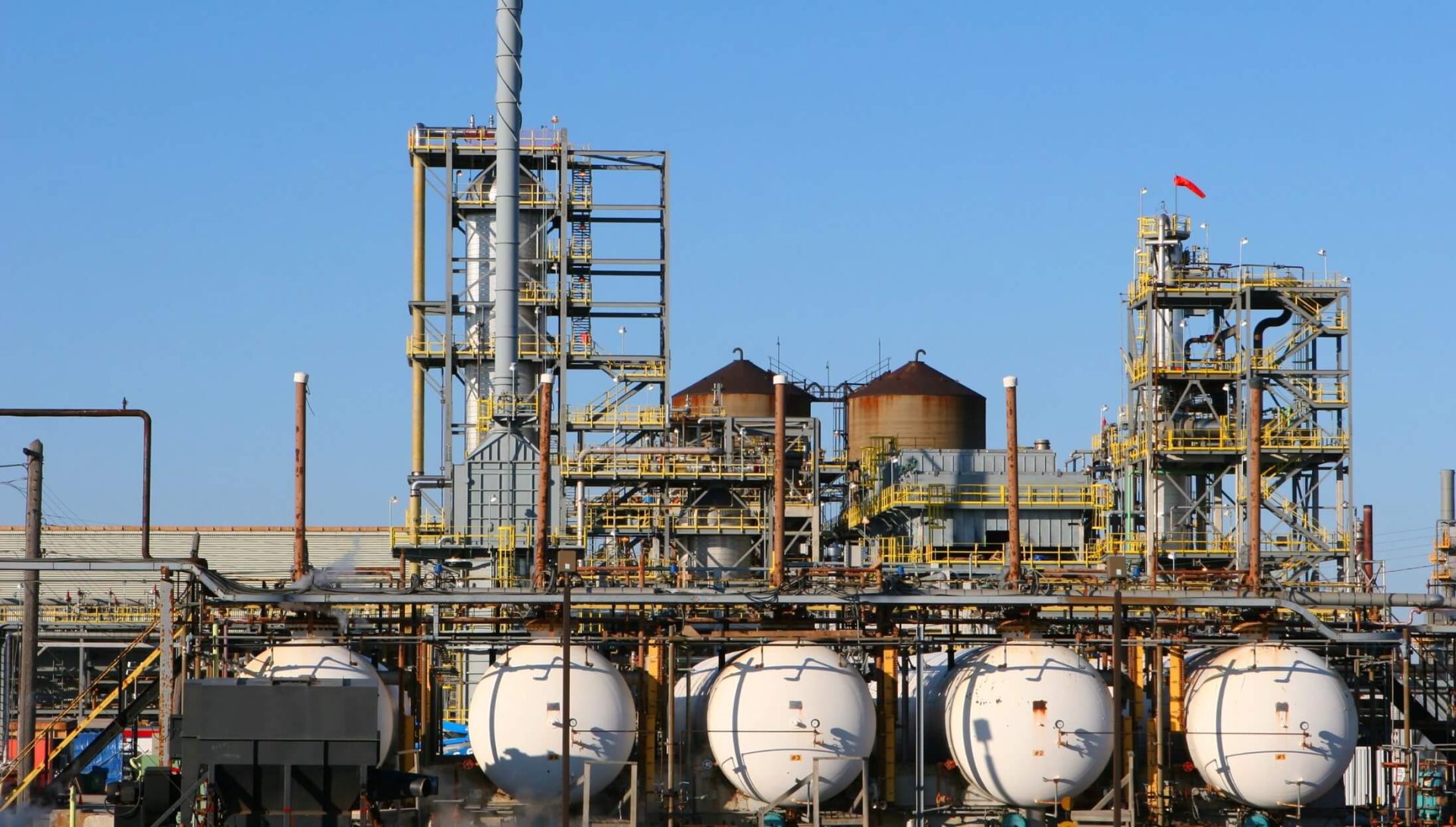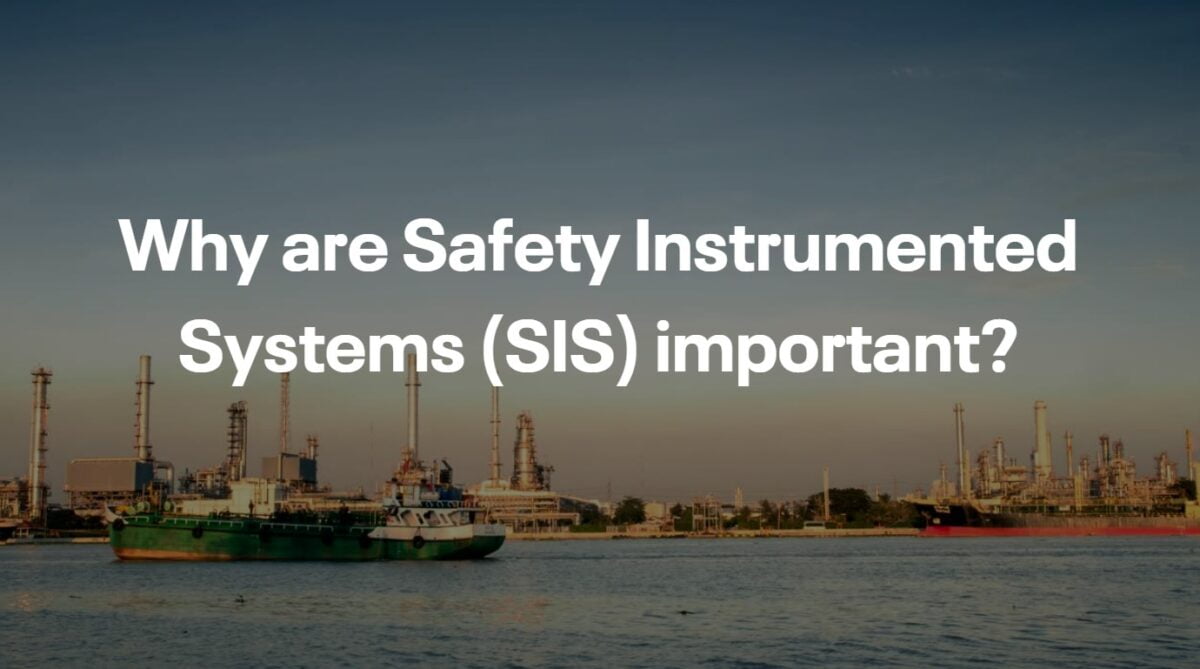This post explores why Safety Instrumented Systems (SIS) are important, starting with a basic understanding of what they do and how they do it. Safety Instrumented Systems’ primary purpose is to bring dangerous processes to a safe state in pre-determined hazard scenarios. Moreover, Safety Instrumented Systems keep people within and near the operational site safe. Unfortunately, failure can never be fully prevented, and risks can never be fully eliminated from the equation. Because of this, it is important to always examine the possible catastrophes, and have safeguards in place, so that even in the event of an incident, the damage is minimal and handled to limit the effects to a tolerable level.
Safety Instrumented Systems: What are they?
A Safety Instrumented System (SIS) is a critical system that works to bring dangerous processes to a safe state in pre-determined hazard scenarios. Safety Instrumented Systems consist of at least one Safety Instrumented Function (SIF). These are a set of actions a piece of equipment takes to mitigate or reduce risk. The process industry, particularly the oil, gas, and chemical sectors, is known to have several hazards that can pose a risk to people, the environment, and company assets. This is due to their usage of powerful machinery, flammable chemical, and high-pressure processes, all of which can readily lead to dangerous or even fatal situations. As a result, it is a must for companies in these industries to identify potential hazards on site. Furthermore, these companies must design and implement safeguards against these hazards.
Safety Instrumented Systems: Why are they important?
The importance of Safety Instrumented Systems (SIS) comes from the added value they bring. They drastically help reduce risks on and around the site, keeping company assets, people, and the environment safe. There are many catastrophes that can occur at operational sites that deal with heavy machinery and chemicals. These can range from fires to leaks that could lead to explosions.
An example of this type of asset failure is the Bhopal disaster, also known as the Bhopal gas tragedy, where over 500,000 people were exposed to the extremely toxic and irritant compound Methyl Isocyanate (MIC) gas in 1984. Improper measures to reduce risk and safeguard the operations run by Union Carbide India Limited (UCIL) lead to the toxic gas spreading to various small towns in the vicinity. While the exact death toll remains unknown, it is estimated that 2,259 people lost their lives upon exposure to suffocating from the deadly gas. Further, around 4,000 people were left with permanently disabling injuries. The company had to pay over $450 million to settle litigation from the disaster. There was also a lot of environmental damage, where over 2,000 animals and all water in the surroundings became toxic and therefore undrinkable.
So why are Safety Instrument Systems (SIS) important? Essentially, they safeguard company assets, people in the vicinity, and the environment.
Implementing Safety Instrumented Systems
Many companies and software are available to help you design and manage proper Safety Instrumented Systems. However, few companies can offer software that combines the various stages of the Safety Instrumented System Lifecycle. At Cenosco, we offer an incredible tool that covers the entire Safety Instrumented System Lifecycle: IMS SIS. The SIS Lifecycle processes can be overwhelming, with many stages and disciplines involved. With IMS SIS, you no longer need to feel overwhelmed by these complexities. IMS SIS is a comprehensive cloud-based tool that will support the complete safety lifecycle management process as per IEC61508 & IEC61511. Our tool gives you a single source of truth for your end-to-end Safety Instrument System Lifecycle.
- Smooth collaboration between different disciplines
- Ensure documentation is always up-to-date so you are always FSA audit-ready
- Remain accountable and compliant with proper traceability and auditability
- Automatic updates to relevant studies, when revised
- Lower Costs
- Reduced workload
Read all about these benefits and more in our blog post: Safety Instrumented System (SIS): One software for the entire Lifecycle.
Learn More About IMS SIS: Safety Instrumented System
IMS SIS offers maximum flexibility for users. It offers fully integrated HAZOP, LOPA, SIF Design and Analysis, SIL Assessment, and SIF Test Scheduling modules. This means that data from one module will flow flawlessly into the downstream module. Therefore, any project using IMS SIS for their safety studies will benefit from saving precious time. IMS SIS is part of the IMS Suite, a unified set of software solutions for all your equipment types and processes. The IMS Suite was developed in close collaboration with multinational oil and gas leader, Shell.
Has this sparked your interest?
You can use the form below to book a demo directly and see our solutions in action.





